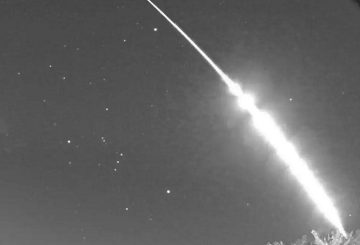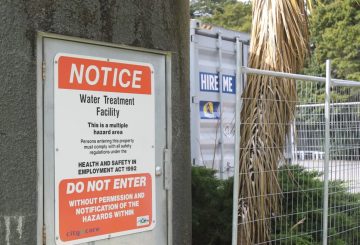Ang snow ay kumot sa Mount Ruapehu – ngayon isang mabigat na takip ng mga naghahanap ng kasiyahan sa paaralan ay kinakailangan upang matulungan ang mga operator ng Whakapapa at Tūroa ski field na maghukay ng kanilang paraan mula sa isang $40 milyon na utang avalanche.
Sinabi ng punong ehekutibong opisyal ng Ruapehu Alpine Lifts na si Jono Dean na ang araw ng pagbubukas ng panahon noong Sabado ay “medyo maganda”.
Ang mga bisita sa Happy Valley, sa paanan ng Whakapapa skifield, ay natagpuan ang isang mahusay na takip ng niyebe sa kanilang pagdating noong Sabado, habang ang puting kumot ay sumasakop din sa lupa hanggang sa sarado na ngayon na Chateau Tongariro hotel.
Sa wakas ay dumating na ang niyebe sa New Zealand.
Ang mahinang kakayahang makita at mga kondisyon ng panahon ay nangangahulugang ang Sky Waka Gondola ay hindi nakapagpatakbo sa alinman sa Sabado o Linggo, na kung saan ay nakakadismaya – “ngunit naghahanap ito ng promising mula sa aming pananaw, na may higit na forecast ng niyebe para sa susunod na linggo”.
Kami ay unti-unting magbubukas ng lahat ng mga lift sa buong Hulyo.”
Inaasahan ng koponan ng Tūroa na buksan ang lahat ng mga lift, maliban sa Nga Wai Heke lift na sumasailalim sa pagpapanatili ngunit maaaring potensyal na magbukas sa susunod na panahon.
Ang Ruapehu Alpine Lifts ay gumagamit ng 65 permanenteng kawani, gayunpaman, ang mga bilang na iyon ay karaniwang lumaki sa halos 500 empleyado sa parehong mga patlang ng ski sa rurok ng panahon.
Ang mga day pass, Sky Waka at mga sledding pass ay magagamit online, habang ang mga season pass ay ibebenta sa Lunes sa loob ng dalawang linggong panahon.
Ang “Life Passes” ay mananatiling aktibo at wasto sa buong panahon ng taglamig ng 2023, sabi ni Dean.

















































-660x440.jpg)











